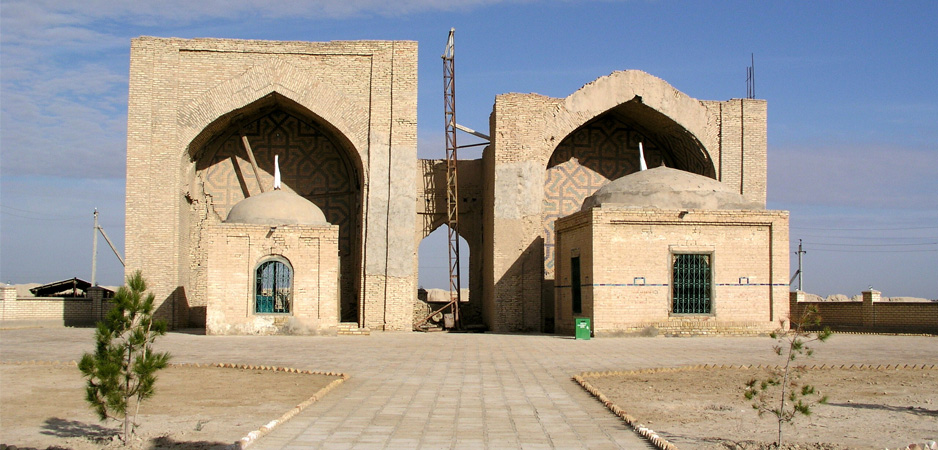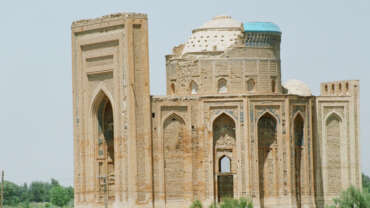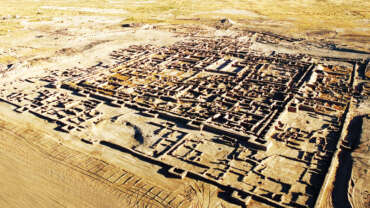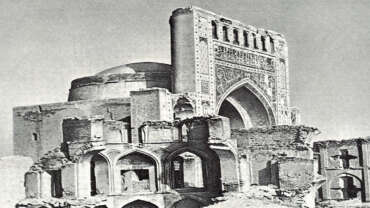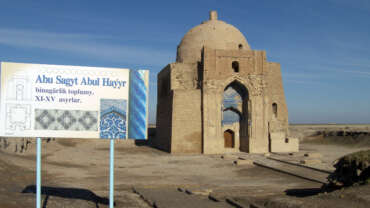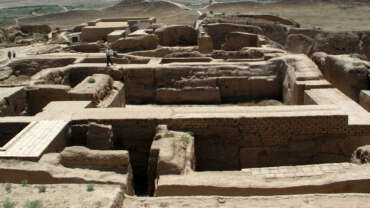Merv
Merv has reached its apogee in the XI-XII centuries when it has become one of the Great Seljuks Empire. The city center has moved to the territory of Sultan Kala with its citadel Shahriyar Arcs. Merv stretched along from north to south because of the annexation of new residential areas and camps. At the intersection of the roads, in the heart of Sultan Kala were located square in plan walled Kremlin, the cathedral mosque and the mausoleum of Sultan Sanjar.
The beauty and richness of Merv, its bazaars attracted politicians, famous medieval scientists from all around the world. Its famous libraries attracted scholars from all over the Islamic world.
After the death of Sultan Sanjar, the last Seluk ruler, and the disintegration of the empire of the Great Seljuk , Merv become a part of Khorezm.
At the end of XII-XIII centuries during Khorezm epoch the trade and culture of Merv were revived. This brilliant flowering came to a violent end in 1221-22, when it was sacked by the Mongols, who slew many of its inhabitants (according to medieval historian Juvayni about 1 milion 300 thousand people) and destroyed the complex water system. By surviving sources, when in 1221 the eighty thousand Mongol army came to Merv, Tuli Khan, the son of Genghiz Khan “for six days he looked on the shaft walls, moat and city minarets, wondered at strongholds of Merv and had doubt about success”.
Anciet Merv is a series of towns that succeeded one another throughout the course of history: Erk Kala fortess citadel, Gyaur Kala, Sultan Kala, Abdullakhan Kala and Bayramalykhan Kala. At the beginning of the XIX century the new city moved to the modern location of Merv city.
Ancient Merv represents a system of sites built at different times following the changing course of riverbed of the Murgab river and its gradual shifts from the east to the west. New sites were constructed after old ones were abandoned and never again occupied, thus becoming unique “memory keepers”.



